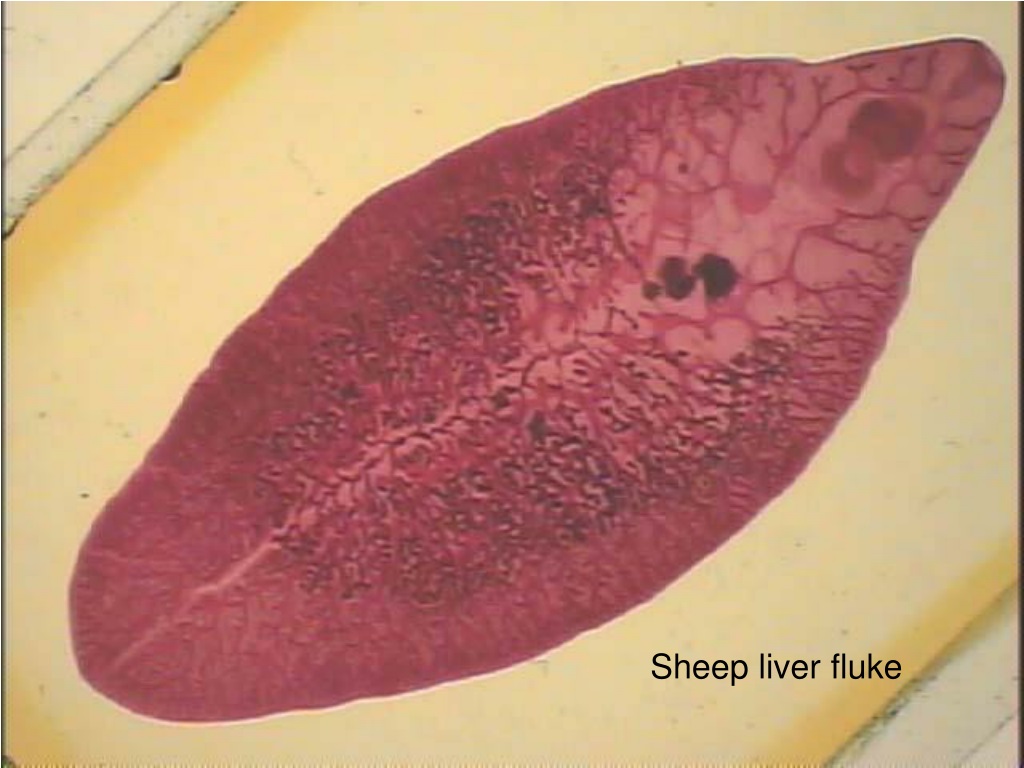



Subsequently, the same author has considerably added to our knowledge of the group in several memoirs mentioned in the list of references at the end of the present communication. blood fluke, any of certain parasitic flatworms that live in the veins of the host organism. The work prior to 1923 is summed up by Stunkard (1923) in a brilliant memoir, where, besides describing two new genera, one under each of the two subfamilies, from North American turtles, he has clearly elucidated some important points of systematic nature. Oriental blood flukes Schistosoma japonicum (common name) Mason's blood fluke Schistosoma mansoni (common name) Bladder fluke Schistosoma haematobium (common name) Blood Location of blood flukes Cercaria Infective stage of blood flukes Ova Diagnostic stage Portal venous system Habitat of s. Owing to these unique differences between them they were referred by Stunkard (1921) to two subfamilies-Spirorchinae and Hapalotreminae. indicum is tuberculated blood fluke that resides in mesenteric capillaries of horse, camel, cattle, buffalo, sheep and goat in Indian sub-continent. Parasite morphology: Blood flukes form five different developmental stages: eggs, miracidia, sporocysts, cercariae and adult worms. It originally contained only two genera- Spirorchis and Hapalotrema, differing from each other in the number of suckers, the relative position of the genital glands and the number of testes. The hermaphroditic Trematodes from the blood vessels of the turtles are included under the Family Spirorcbidae and represent several genera differing from each other in several features, including the general topography of the genital organs.


 0 kommentar(er)
0 kommentar(er)
